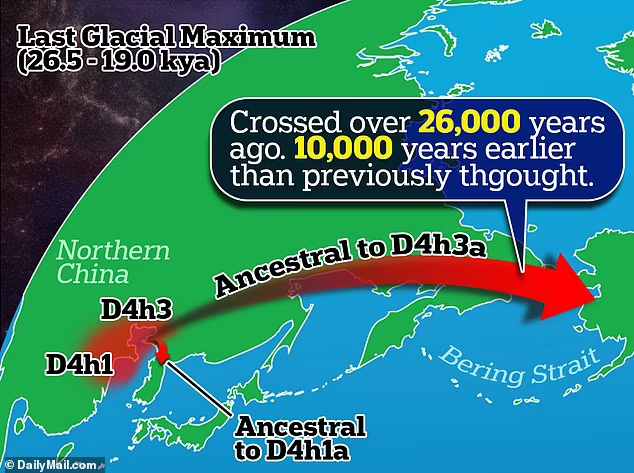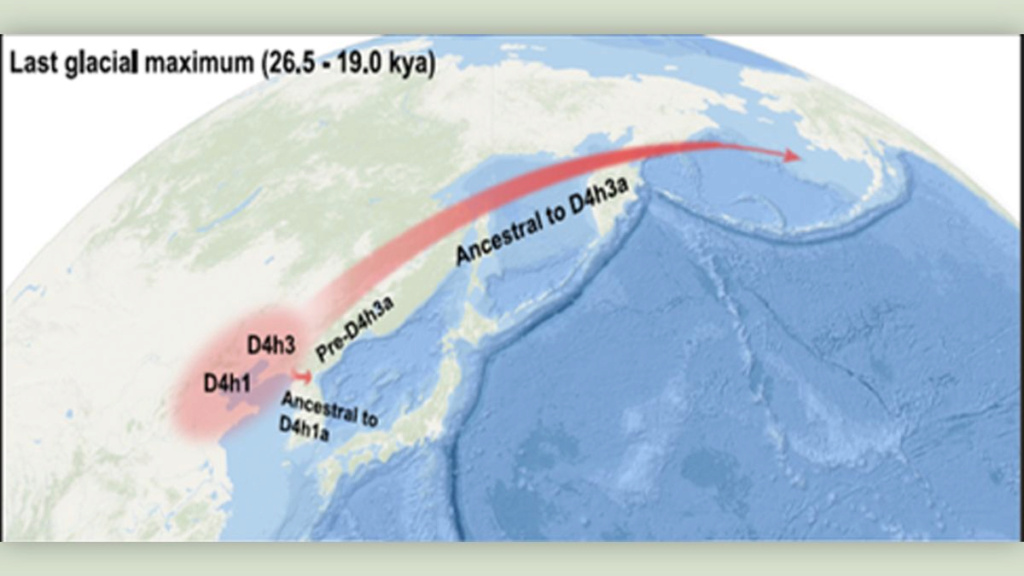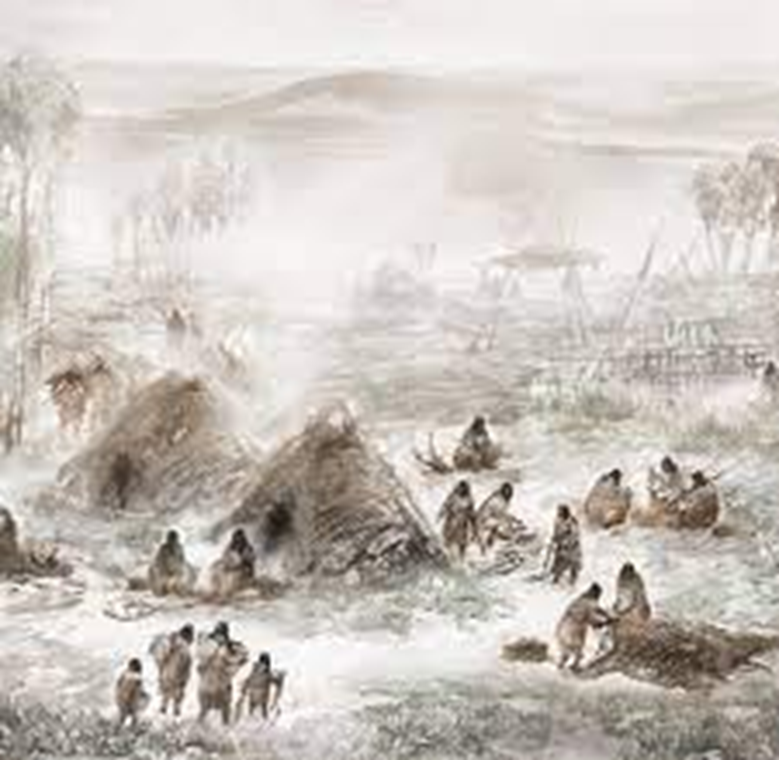Some of the first humans in the Americas came from China, study reveals

A new genetic study suggests that the first inhabitants of the American continent also arrived from China in two separate waves of migration, during and after an ice age.

The American continent, the last to have been populated by humans, has long intrigued scientists, who seek to understand where this population came from and how it arrived. A genetic study published Tuesday, May 9, 2023 in the scientific journal Cell Reports provides some answers. Some of the first arrivals had left China in two separate waves, during the ice age and just after, according to its authors.

"Beyond the ancestral Siberian origins of the Amerindians, which we already knew, the northern coast of China also served as a genetic reservoir" for the populations of the American continent, one of the researchers, Yu-Chun, told AFP. Li.

Scientists have long believed that the inhabitants of Siberia, who walked across a strip of land that then united Russia and Alaska, were the only ancestors of Native Americans. From the end of the 2000s, researchers discovered that peoples of Asia could also be linked to the first populations of Bolivia, Brazil, Mexico or even California.

Two migratory waves identified thanks to genetics
For its article published on Tuesday, the team from the Kunming Institute of Zoology (The Kunming Institute of Zoology, KIZ, China) analyzed tens of thousands of DNA samples and their mutations, looking for a common line. She finally found 216 recent samples and 39 old descendants of the same lineage.

The results showed the existence of two migratory waves. The first began 26,000 years ago and ended 19,500 years ago, during the last ice age. Ice cover was then at its peak, likely making northern China's climate inhospitable. The second began during the period of melting ice, 19,000 years ago, and lasted until 11,500 years ago. A rise in the human population may have caused it. During this wave, part of this population settled in Japan, which could explain similarities observed between the prehistoric arrows and spears found in America, China and Japan, Yu-Chun Li said.
According to him, one of the strengths of the study lies in the large number of samples discovered. “However, we do not know precisely from which places on the north coast of China these migrations came, and what events favored them, he said. More evidence, including ancient genomes, is needed to answer these questions. issues."
Source: websites

